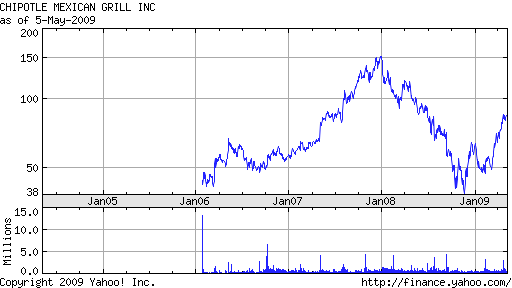Black Swan Events Becoming Routine
Our Nation has avoided the decline into the abyss that many have been predicting during the economic crisis. At the cost of approximately $13 trillion in government bailouts and guarantees the system has been held together but at a very high cost that future generations will bear through higher taxes or a much lower standard of living.
Our “prosperity through debt financed spending” philosophy has deeply indebted every sector of the economy. Our leaders implore us to borrow and spend. The US budget deficit is projected to hit $2 trillion dollar this year and continue indefinitely.
What we cannot borrow, we can simply print in unlimited amounts, imperiously oblivious to the serious risks and consequences of such financial folly. Logical minds reject these unsound theories and realize that every nation has financial limitations, whether we like it or not. The risk of default by the United States, once considered unthinkable, is now a topic of debate by serious minds. Consider the following from The Financial Times.
America’s Triple A Rating Is At Risk
Long before the current financial crisis, nearly two years ago, a little-noticed cloud darkened the horizon for the US government. It was ignored. But now that shadow, in the form of a warning from a top credit rating agency that the nation risked losing its triple A rating if it did not start putting its finances in order, is coming back to haunt us.
That warning from Moody’s focused on the exploding healthcare and Social Security costs that threaten to engulf the federal government in debt over coming decades. The facts show we’re in even worse shape now, and there are signs that confidence in America’s ability to control its finances is eroding.
Prices have risen on credit default insurance on US government bonds, meaning it costs investors more to protect their investment in Treasury bonds against default than before the crisis hit. It even, briefly, cost more to buy protection on US government debt than on debt issued by McDonald’s. Another warning sign has come from across the Pacific, where the Chinese premier and the head of the Peoples Bank of China have expressed concern about America’s longer-term credit worthiness and the value of the dollar.
The US government has had a triple A credit rating since 1917, but it is unclear how long this will continue to be the case.
For too long, the US has delayed making the tough but necessary choices needed to reverse its deteriorating financial condition. One could even argue that our government does not deserve a triple A credit rating based on our current financial condition, structural fiscal imbalances and political stalemate. The credit rating agencies have been wildly wrong before, not least with mortgage-backed securities.
One way out of these problems is for the president and Congress to create a “fiscal future commission” where everything is on the table, including budget controls, entitlement programme reforms and tax increases.
Recent research conducted for the Peterson Foundation shows that 90 per cent of Americans want the federal government to put its own financial house in order. It also shows that the public supports the creation of a fiscal commission by a two-to-one margin. Yet Washington still sleeps, and it is clear that we cannot count on politicians to make tough transformational changes on multiple fronts using the regular legislative process. We have to act before we face a much larger economic crisis. Let’s not wait until a credit rating downgrade. The time for Washington to wake up is now.
Our Nation’s future is being risked by a ruling class that continues to refuse to tell us what we need to be told – I thought we were promised that it was time for a change?
Alarm Sounded on Social Security – The financial health of the Social Security system has eroded more sharply in the past year than at any time since the mid-1990s, according to a government forecast that ratchets up pressure on the Obama administration and Congress to stabilize the retirement system that keeps many older Americans out of poverty.







